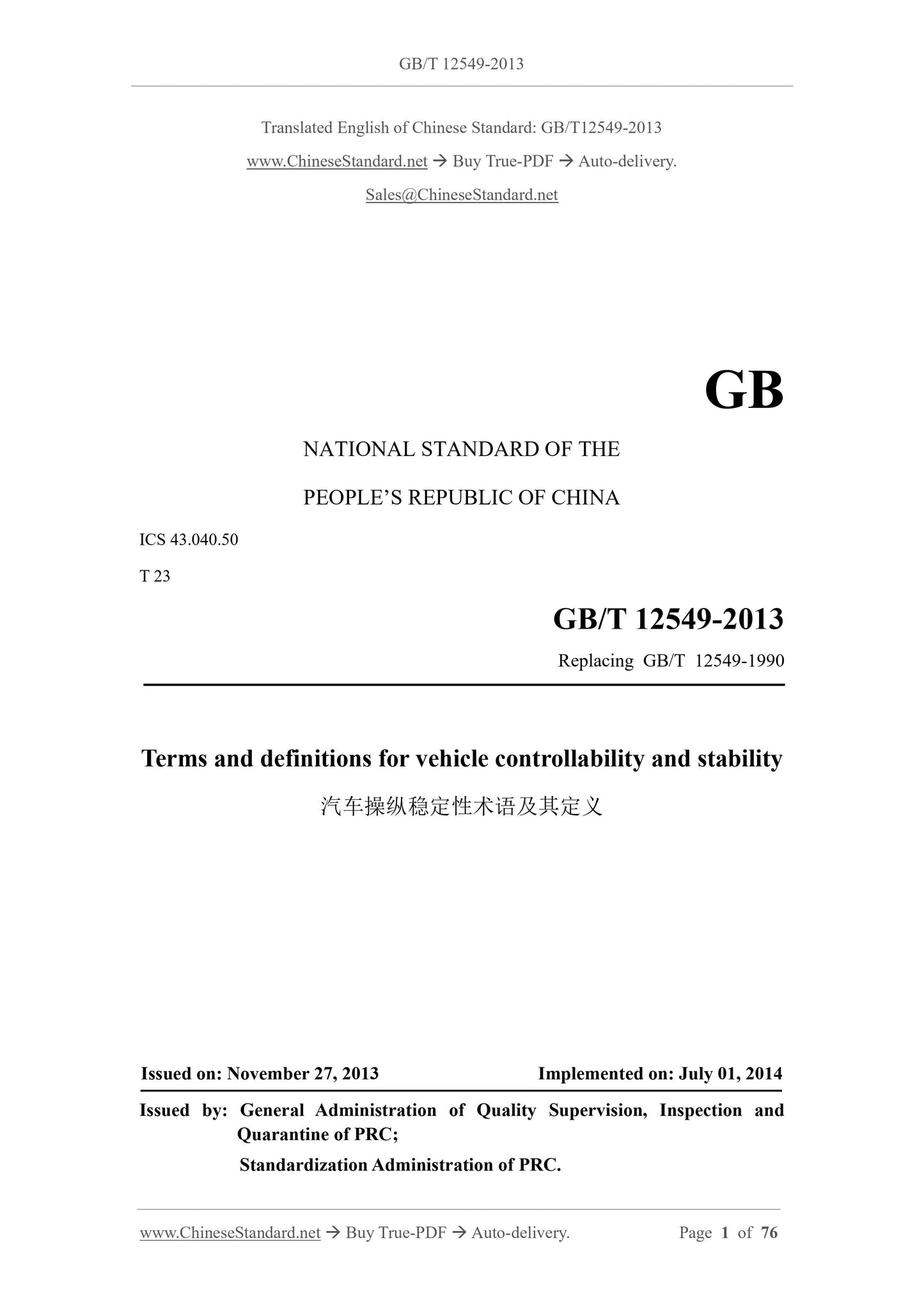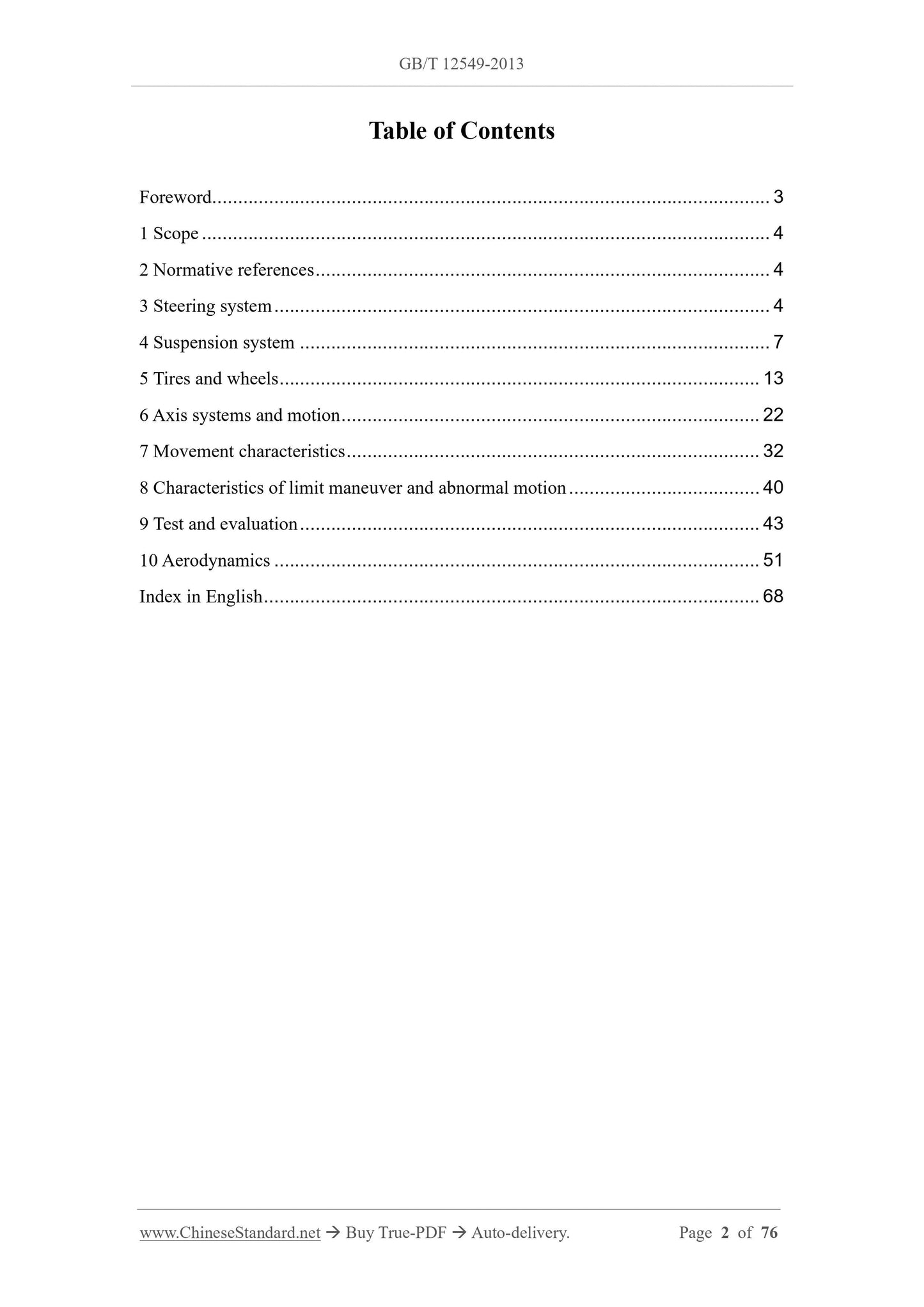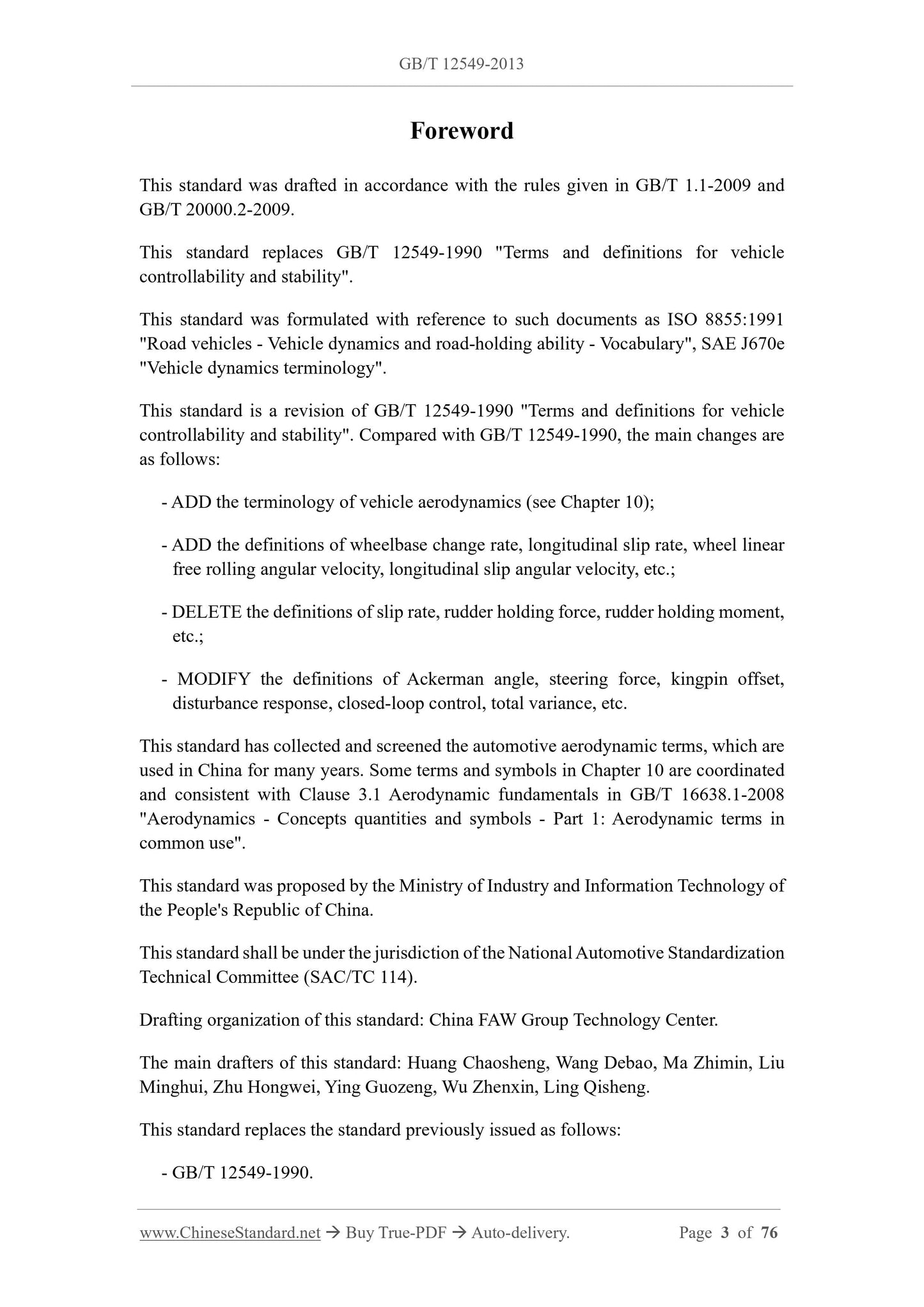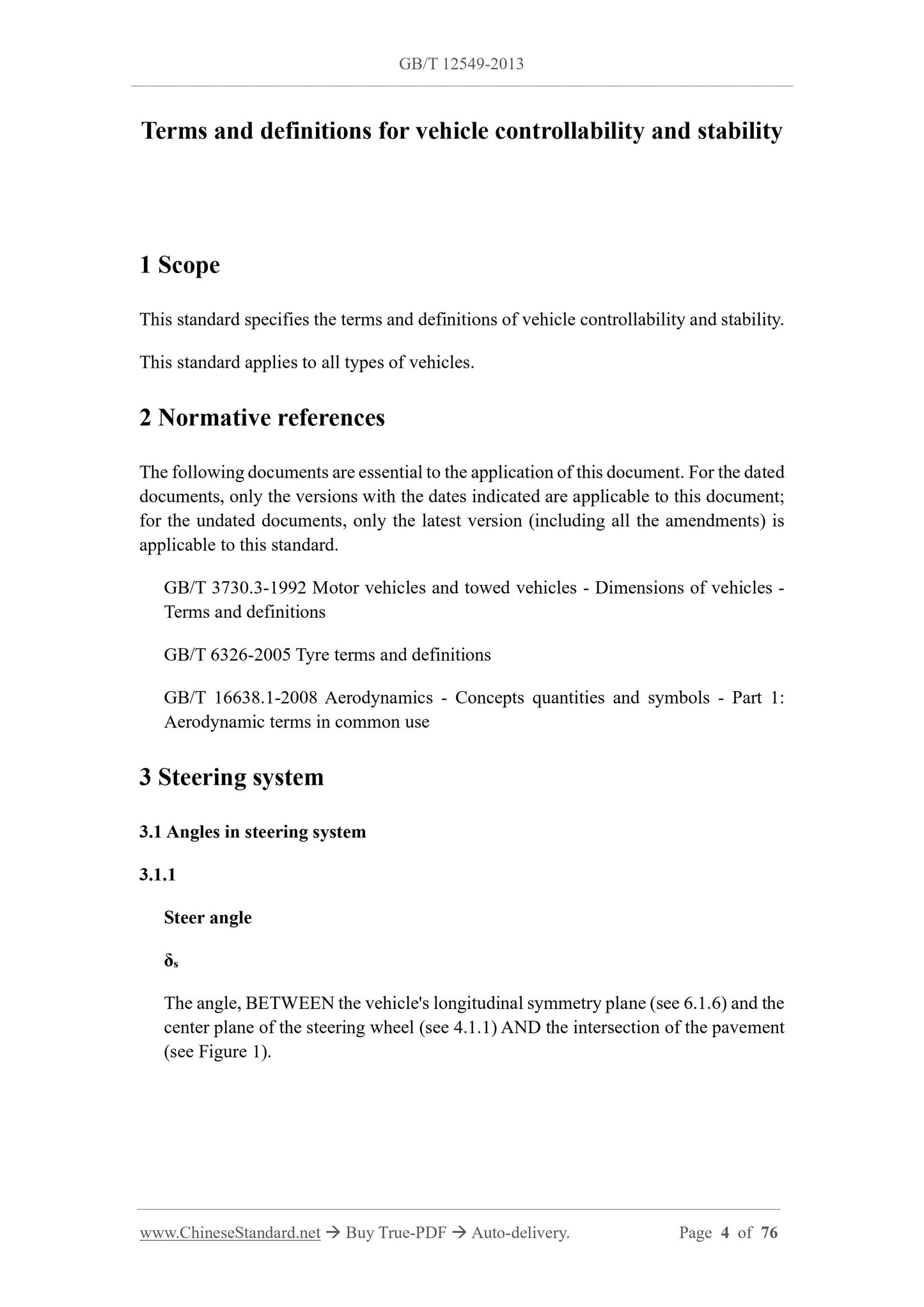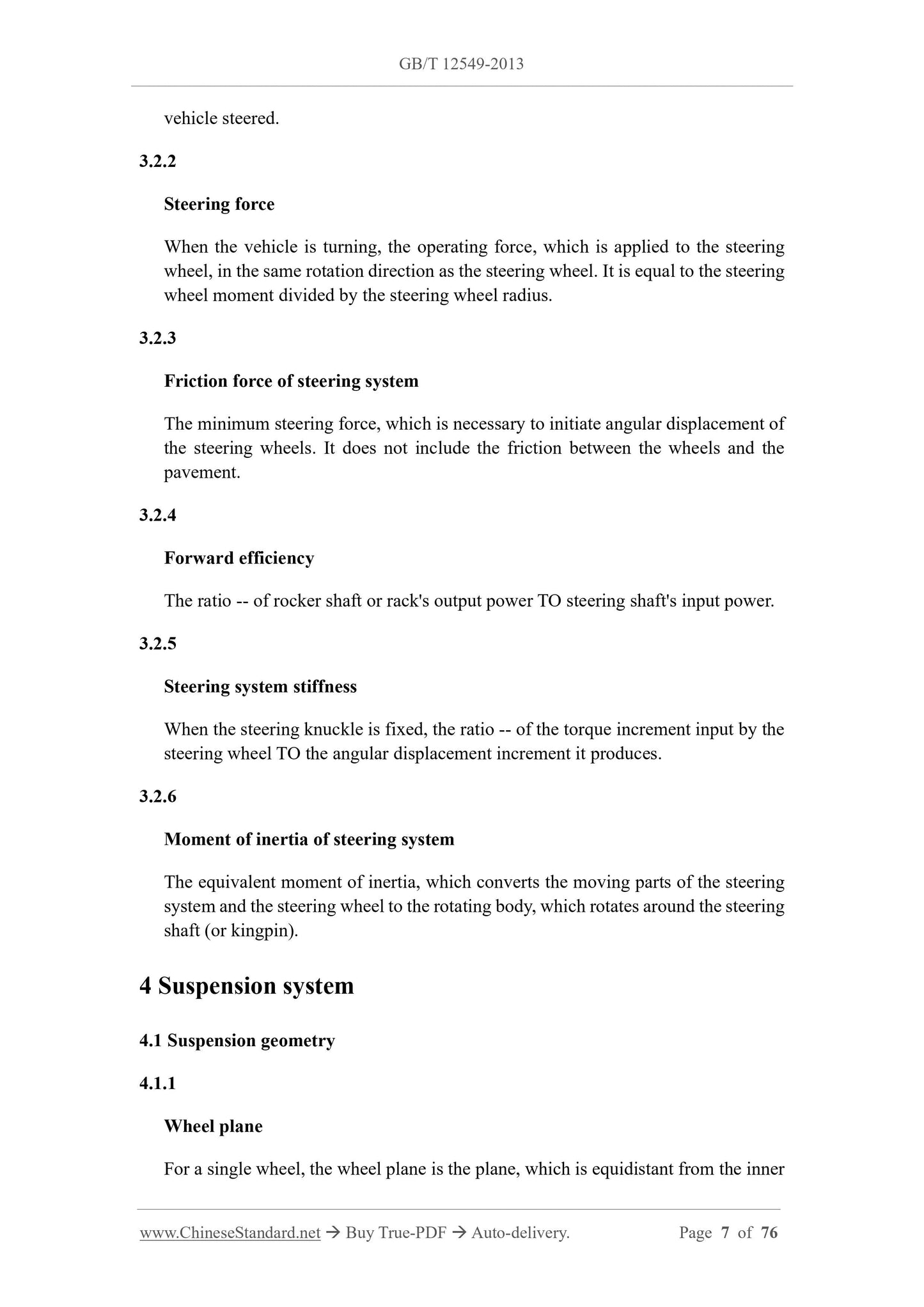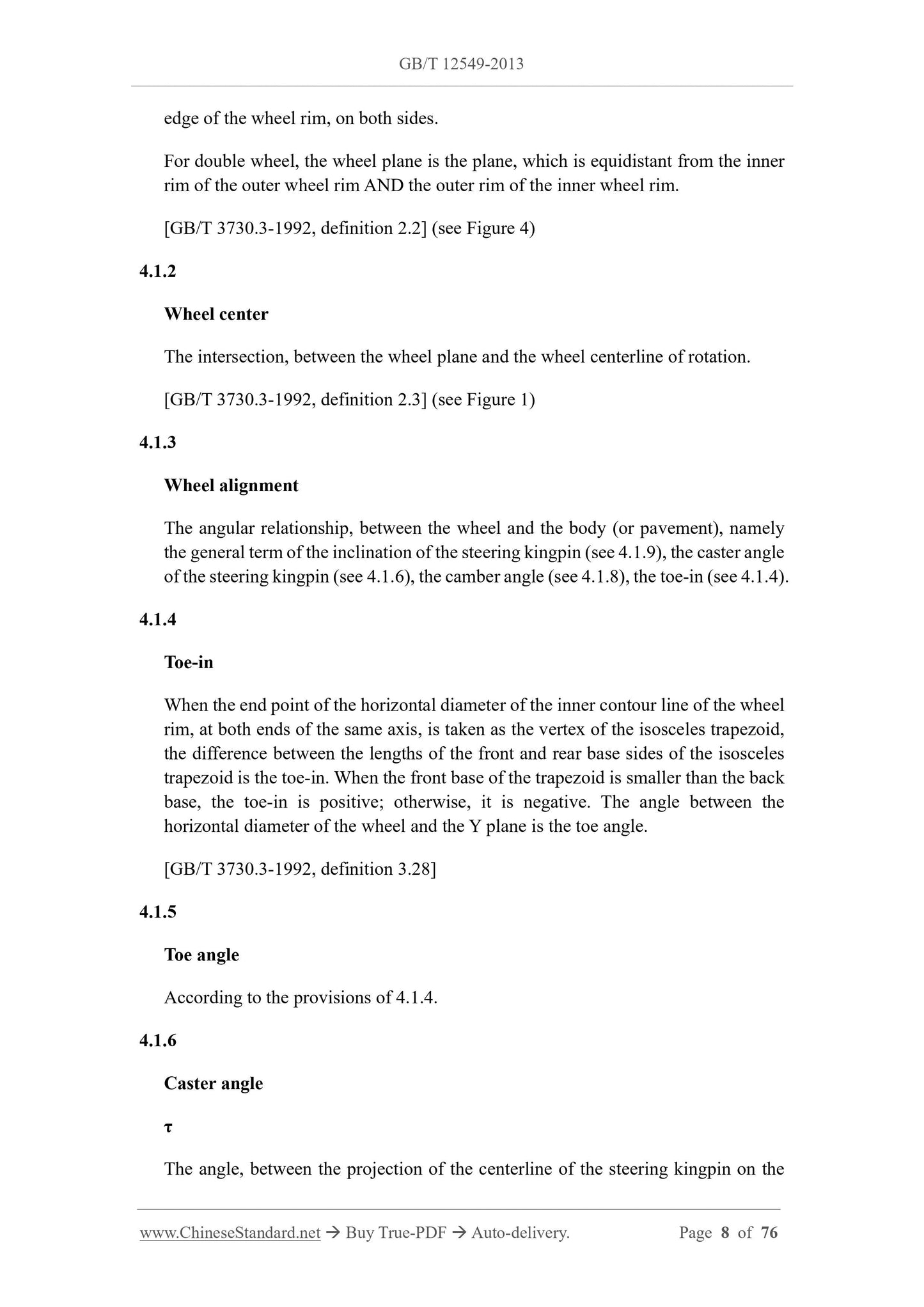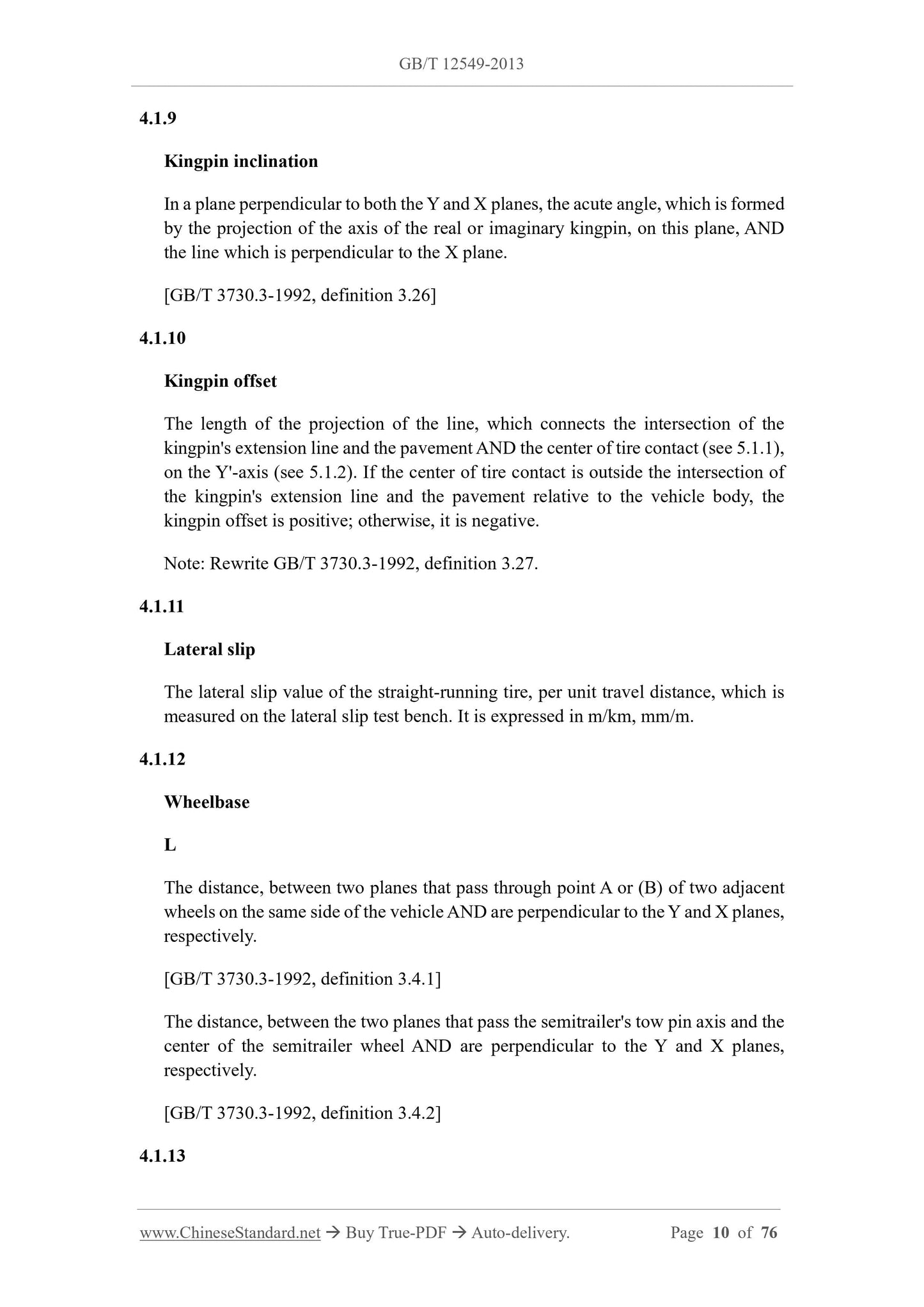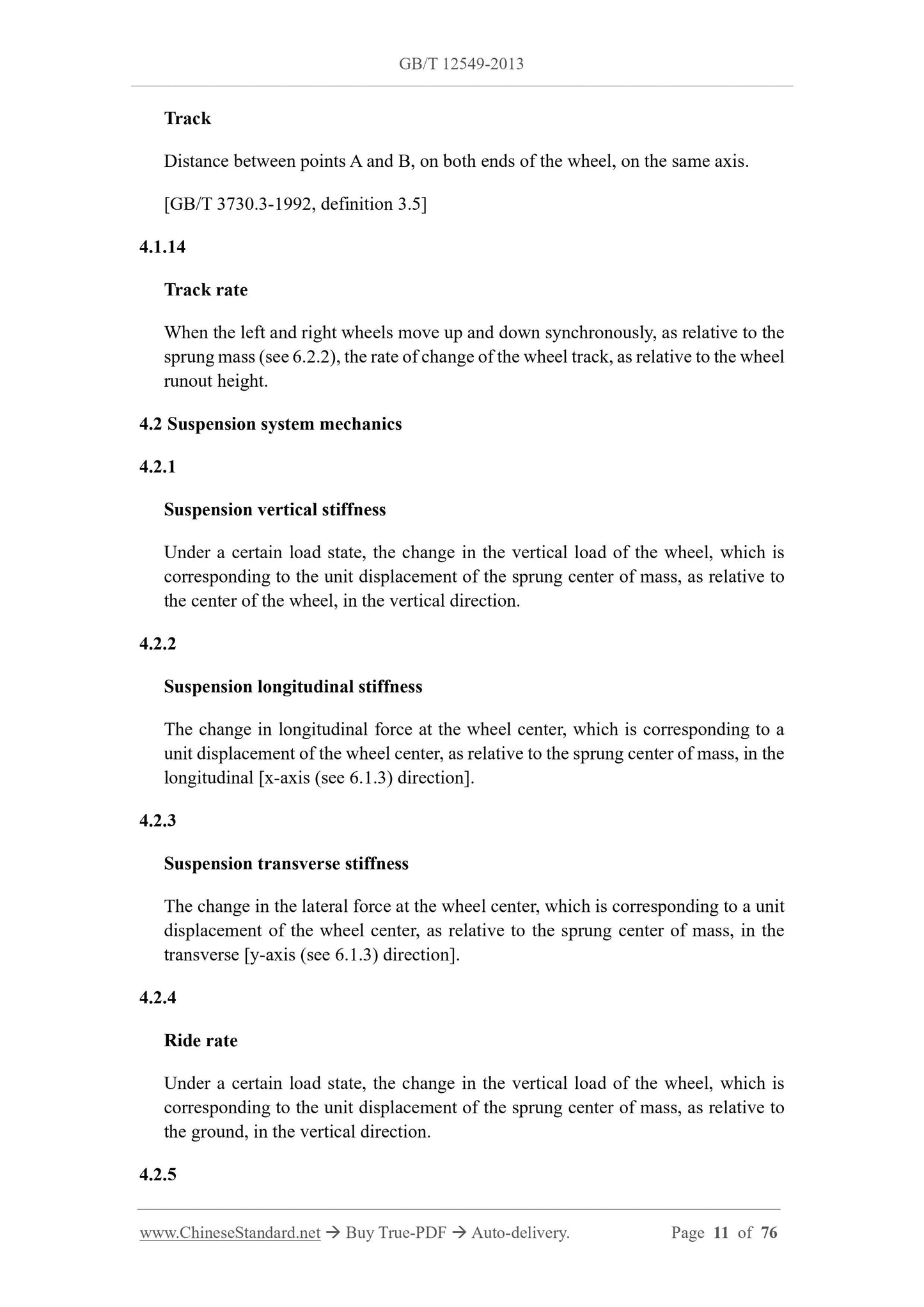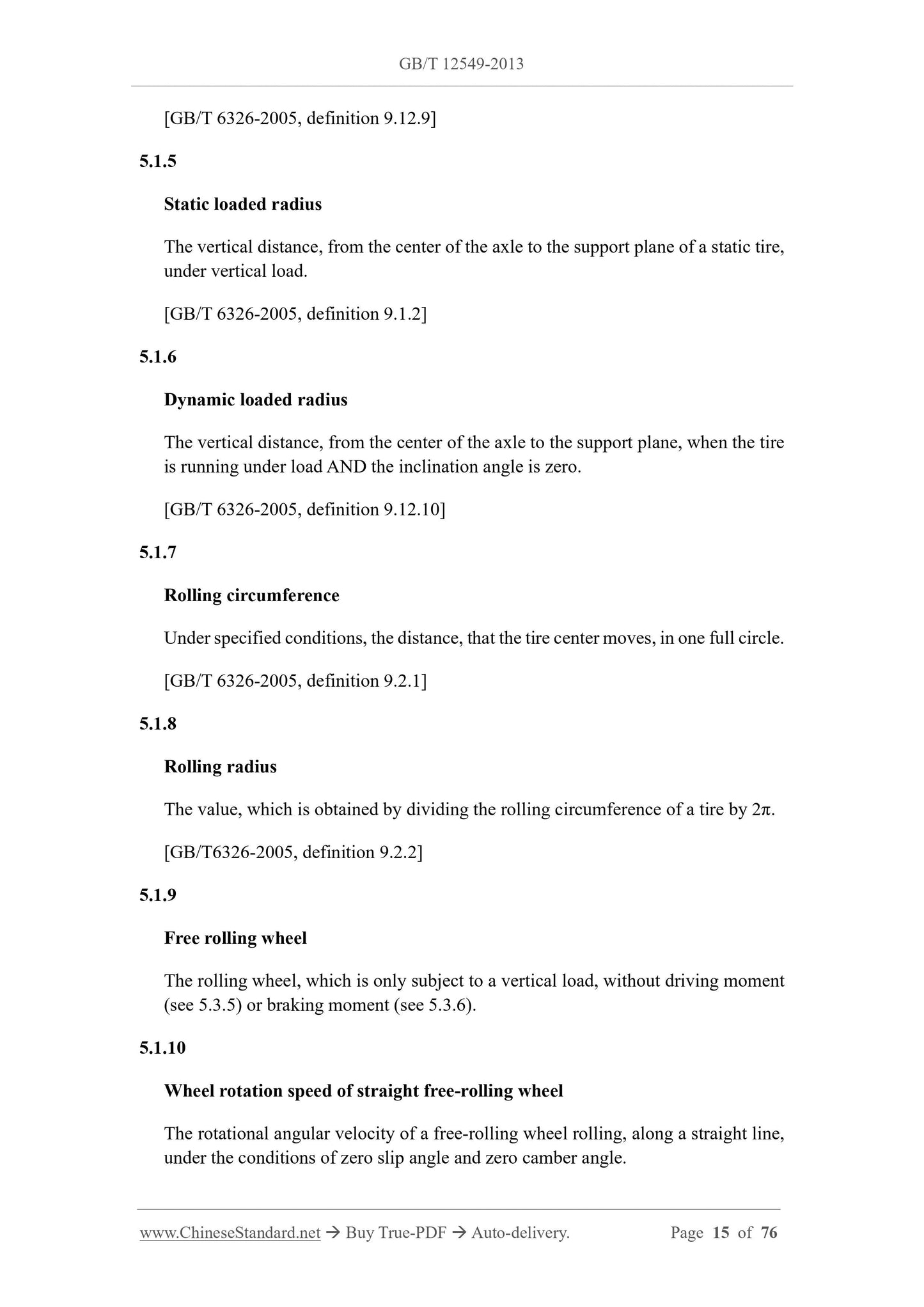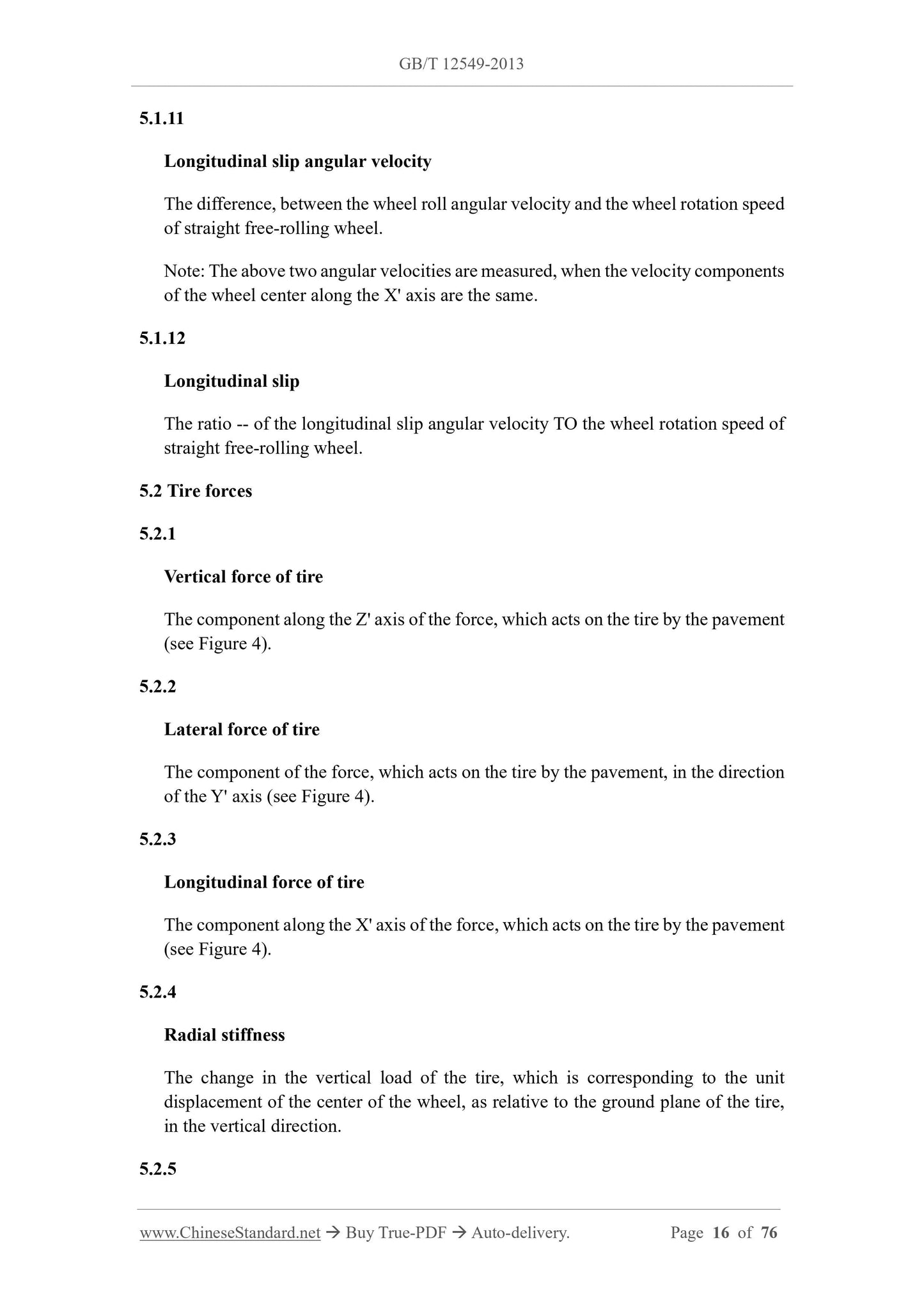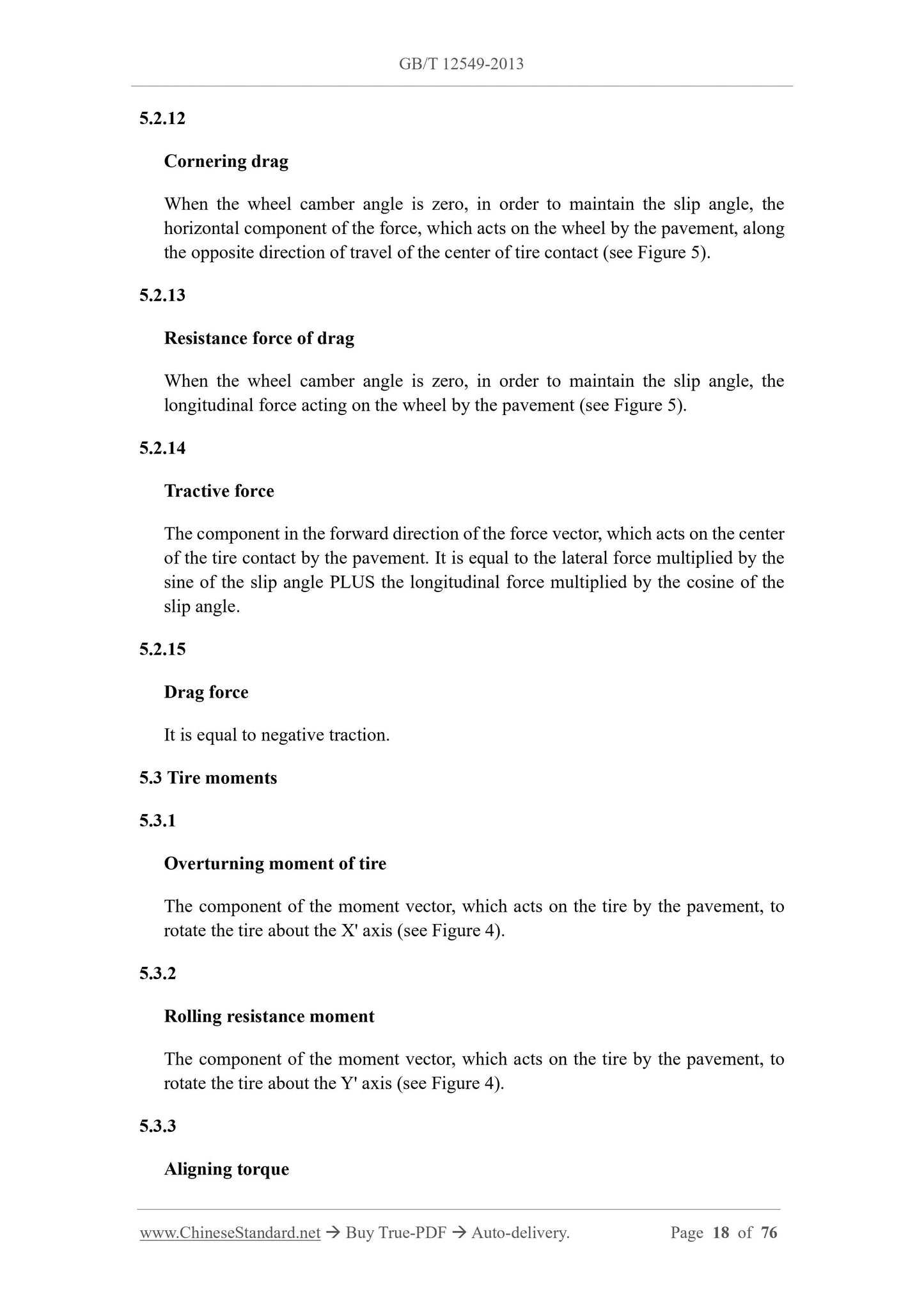1
/
of
11
www.ChineseStandard.us -- Field Test Asia Pte. Ltd.
GB/T 12549-2013 English PDF (GB/T12549-2013)
GB/T 12549-2013 English PDF (GB/T12549-2013)
Regular price
$760.00
Regular price
Sale price
$760.00
Unit price
/
per
Shipping calculated at checkout.
Couldn't load pickup availability
GB/T 12549-2013: Terms and definitions for vehicle controllability and stability
Delivery: 9 seconds. Download (and Email) true-PDF + Invoice.Get Quotation: Click GB/T 12549-2013 (Self-service in 1-minute)
Newer / historical versions: GB/T 12549-2013
Preview True-PDF
Scope
This standard specifies the terms and definitions of vehicle controllability and stability.This standard applies to all types of vehicles.
Basic Data
| Standard ID | GB/T 12549-2013 (GB/T12549-2013) |
| Description (Translated English) | Terms and definitions for vehicle controllability and stability |
| Sector / Industry | National Standard (Recommended) |
| Classification of Chinese Standard | T23 |
| Classification of International Standard | 43.040.50 |
| Word Count Estimation | 55,574 |
| Older Standard (superseded by this standard) | GB/T 12549-1990 |
| Quoted Standard | GB/T 3730.3-1992; GB/T 6326-2005; GB/T 16638.1-2008 |
| Regulation (derived from) | National Standards Bulletin 2013 No. 23 |
| Issuing agency(ies) | General Administration of Quality Supervision, Inspection and Quarantine of the People's Republic of China, Standardization Administration of the People's Republic of China |
| Summary | This standard specifies: vehicle handling and stability terms and their definitions. This standard applies to: all kinds of cars. |
Share
